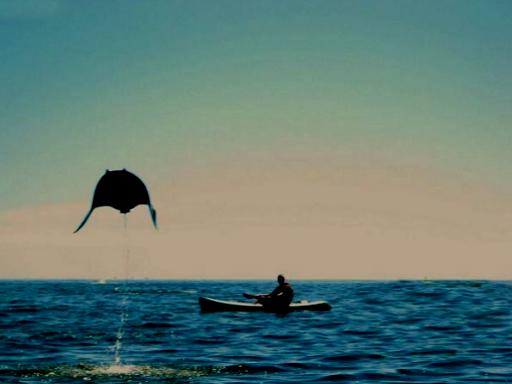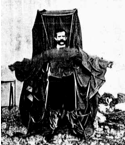Yet another animal who can’t decide between the water and the sky, the Common Murre is a part of the Alcide family which contains two main species of birds (Common Murre and Thick Billed Murre). This penguin-like flyer lives in the cooler northern regions of both the Pacific and Atlantic oceans, although the Atlantic population is significantly larger.
Murres in their nesting grounds:
Also known as the guillemot in Britain, these birds use the ocean as a main source of food and live out the majority of their life on the water. In fact, the only time the Murre voluntarily lands is to participate in its annual nesting ritual.
When nesting, the birds gather in large colonies and take turns caring for eggs and gathering food from the ocean, until the eggs hatch. Then, after a few weeks, the male parent takes the hatchlings out onto the water as they learn how to hunt for squid, crustaceans and small fish.
These birds, which are awkward flyers, are fairly graceful underwater. Their rounded bodies can reach a length of 43 cm and they have a wingspan between 64 and 71 cm. To dive, the Murre lands on the water and flicks its wings backwards, and then bends its carpus (similar to a human wrist) to create an aerodynamic shape underwater.
The Murres ability to dive more than 150 ft and fly at speeds of 50 mph is incredible. They can taxi off of the water and have adapted their wing geometry to fit in multiple habitats, allowing them to be one of the more versatile birds of the ocean.
Murres Diving:
A Colony of Murres utilizing their underwater flying abilities:
References:
- “Common Murre.” All About Birds. Cornell Lab of Ornithology. 29 Sept. 2011.
- “The Common Murre.” Bird Web. Seattle Audubon Society. 29 Sept. 2011.



